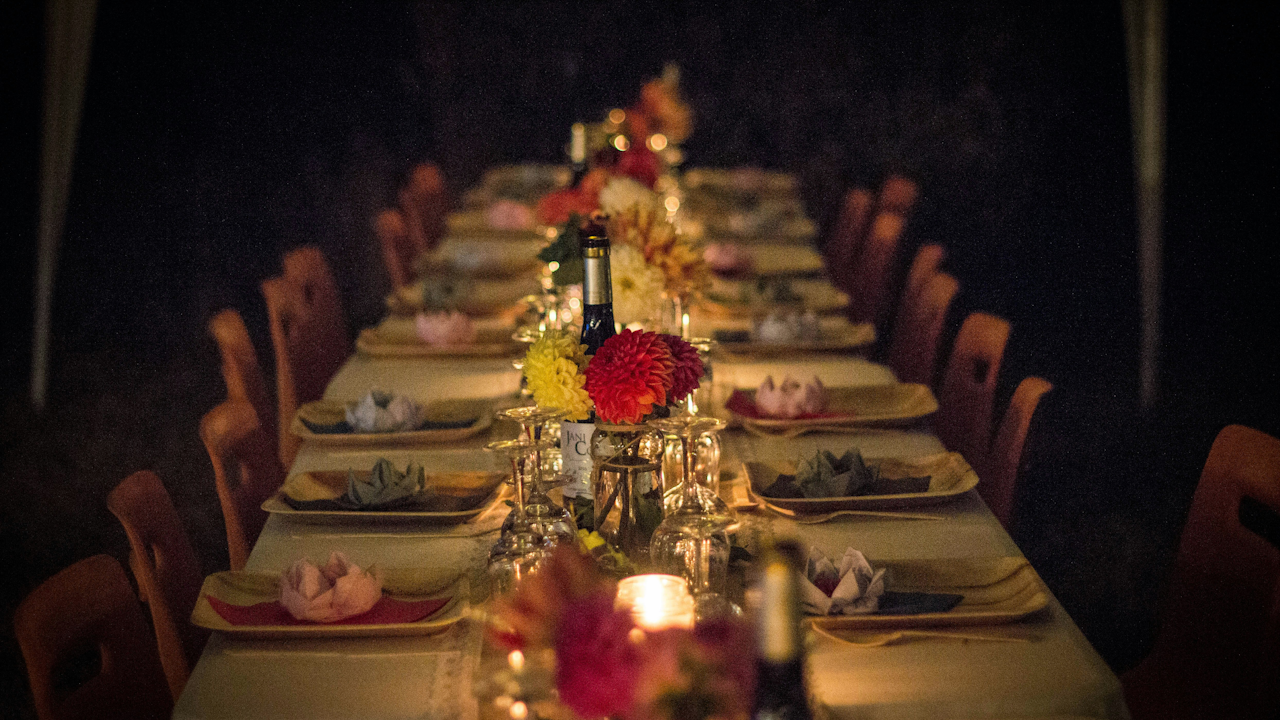Hosting a dinner party is both an art and a science, requiring equal measures of creativity, preparation, and hospitality. A well-executed event leaves guests feeling welcomed, entertained, and satisfied, making for an evening that lingers in their memories. While some may find the idea daunting, a few key principles ensure a seamless and enjoyable experience for all.
Thoughtful Planning for a Smooth Execution
The foundation of a successful dinner party is meticulous planning. From choosing the guest list to curating the menu, every detail should be considered carefully. A diverse guest list that balances personalities and interests ensures engaging conversation and an enjoyable atmosphere. Whether the gathering is intimate or elaborate, selecting a compatible mix of guests fosters connections and keeps the evening lively.
The menu should align with the occasion, season, and dietary preferences of guests. A carefully crafted menu balances flavors, textures, and colors while avoiding overly complicated dishes that could monopolize the host’s time in the kitchen. Considering dietary restrictions in advance prevents last-minute stress and ensures every guest has something delicious to enjoy. Offering a mix of appetizers, a well-prepared main course, and a delightful dessert rounds out the culinary experience.
Setting the Ambiance
Creating the right atmosphere enhances the experience and sets the tone for the evening. Thoughtful décor, appropriate lighting, and background music contribute to a warm and inviting environment. A beautifully set table reflects attention to detail, whether adorned with fresh flowers, elegant tableware, or simple yet sophisticated touches like personalized name cards.
Lighting plays a crucial role in setting the mood. Candles or soft, warm lighting create an intimate and cozy setting, while brighter lights can energize the atmosphere for a more lively gathering. Music should complement the occasion—soft jazz, classical, or instrumental music allows for easy conversation without overpowering the room.
The Art of Welcoming Guests
First impressions matter, and a gracious host ensures guests feel comfortable the moment they arrive. A warm greeting, offering a drink upon arrival, and introducing guests to one another establishes a relaxed and convivial tone. Icebreakers or light conversation topics help ease any initial awkwardness, especially if guests are unfamiliar with one another.
A well-prepared host also accounts for timing. Allowing guests to arrive and settle in before serving food prevents a rushed feeling and allows for natural conversation to unfold. Offering a selection of drinks and appetizers gives guests something to enjoy while awaiting the main course.
The Role of the Host
A successful host maintains a balance between attending to guests and managing the evening’s flow. Engaging in conversations, ensuring everyone feels included, and anticipating needs before they arise showcase attentive hospitality. Being present and enjoying the evening oneself contributes to a relaxed and pleasant atmosphere.
Managing the pace of the evening is equally important. Serving each course at the right time, allowing pauses between courses, and knowing when to transition to dessert or after-dinner drinks keep the event flowing smoothly. Encouraging conversation, sharing anecdotes, or introducing lighthearted games can enhance engagement without feeling forced.
A Well-Timed and Thoughtfully Curated Menu
While food is a focal point of any dinner party, it should never feel overwhelming. Striking a balance between delicious flavors and ease of preparation allows the host to remain engaged rather than stuck in the kitchen. Opting for dishes that can be prepped in advance alleviates stress and ensures a smooth dining experience.
Appetizers should be simple yet inviting—think artisanal cheeses, charcuterie boards, or fresh bruschetta. The main course should be satisfying and well-portioned, offering a balance of protein, vegetables, and starch. Side dishes should complement rather than overpower the main dish, and dessert should provide a sweet ending without being overly heavy.
Pairing drinks with the meal enhances the dining experience. Offering a selection of wines, cocktails, or non-alcoholic options ensures everyone has something enjoyable to sip on throughout the evening.
Conversation and Entertainment
Beyond food and ambiance, conversation is the heartbeat of any dinner party. Encouraging engaging discussions, avoiding controversial topics, and ensuring no one feels left out fosters a warm and inclusive environment. Thought-provoking questions, shared stories, or thematic discussions add depth to interactions.
Light entertainment, such as a music playlist curated to match the theme, a short after-dinner activity, or a simple tasting session, can enhance the experience. Games, if appropriate, should be kept lighthearted and optional, allowing guests to participate as they wish.
Ending on a High Note
Bringing the evening to a graceful close is as important as its beginning. Offering coffee, tea, or an after-dinner drink signals a gentle winding down of the night. Providing small tokens of appreciation, such as homemade treats or personalized notes, leaves guests with a lasting impression of the evening’s warmth and hospitality.
A successful dinner party is one where both the host and guests leave feeling enriched by the experience. With careful planning, thoughtful touches, and an emphasis on genuine connection, any gathering can transform into a cherished and memorable occasion.

